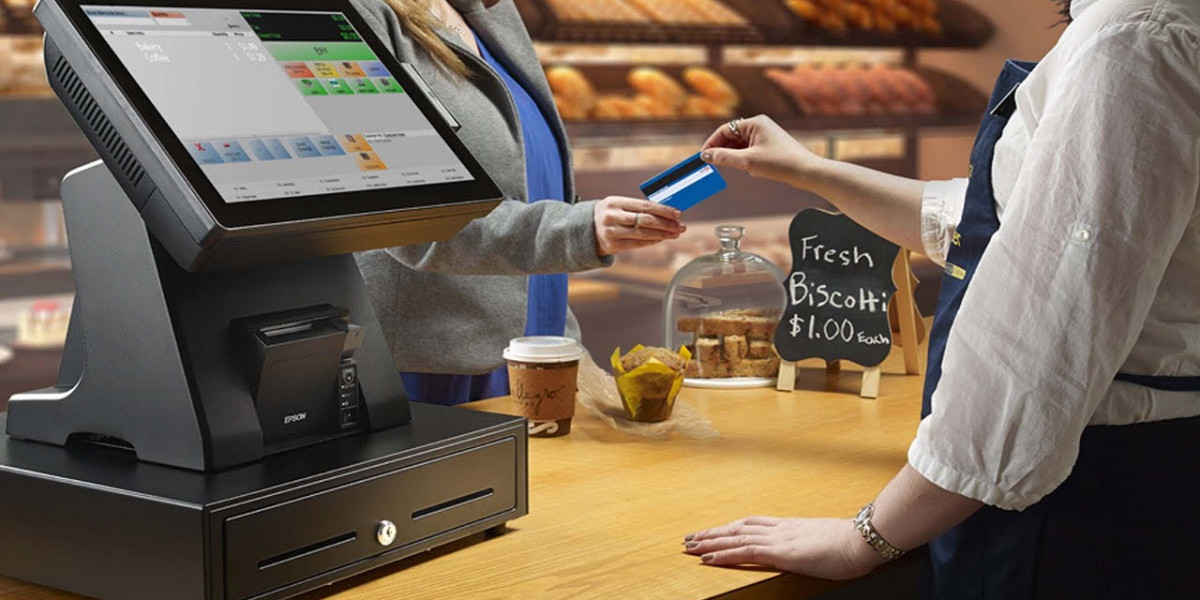The POS payment market has experienced significant growth, driven by advancements in digital payment technologies, increased consumer demand for cashless transactions, and the global shift towards electronic payment systems. However, while urban areas have seen rapid adoption of Point of Sale (POS) solutions, rural and remote regions continue to face several challenges in embracing digital payment methods. Despite the advantages of cashless transactions—such as convenience, security, and efficiency—the penetration of POS systems in rural areas remains limited.
In this article, we explore the unique challenges that the POS payment market faces in rural and remote areas, the obstacles preventing widespread adoption, and potential solutions to overcome these barriers.
1. Limited Internet Connectivity and Infrastructure
One of the primary challenges for POS payment systems in rural and remote areas is the lack of reliable internet connectivity and infrastructure. Digital payment solutions, including POS systems, rely on stable internet connections to process transactions in real-time. However, many rural and remote regions, especially in developing countries, lack the necessary infrastructure to support such systems.
Key Issues:
Low Internet Penetration: In many rural areas, internet access is either unavailable or inconsistent, making it difficult for businesses to process digital payments. In some regions, only 3G or even 2G networks are available, limiting the effectiveness of modern POS solutions.
Unreliable Power Supply: Many rural areas suffer from power outages, which can disrupt the operation of POS terminals, making it impossible for businesses to accept payments during these times.
Solutions:
Offline Payment Solutions: Some POS providers are developing offline payment solutions that can process transactions without a constant internet connection, storing transaction data until a connection is available. This approach can help bridge the connectivity gap.
Improved Infrastructure Investment: Governments and private companies need to invest in improving digital and power infrastructure in rural areas, ensuring that more businesses can integrate POS payment systems.
2. Low Financial Literacy and Digital Payment Awareness
Another major barrier to the widespread adoption of POS payments in rural areas is the lack of financial literacy and awareness of digital payment systems. Many rural residents are accustomed to cash-based transactions and are unfamiliar with digital payment methods, such as mobile wallets or contactless payments. This lack of understanding can make it difficult for businesses and consumers to trust and adopt POS systems.
Key Issues:
Resistance to Change: Traditional cash-based transactions are deeply ingrained in rural culture, and there is often a reluctance to transition to digital payments due to unfamiliarity and fear of fraud or errors.
Lack of Knowledge: Many small business owners and consumers in rural areas may not be aware of the benefits of digital payments or how to use POS systems effectively.
Solutions:
Financial Literacy Programs: Governments, NGOs, and financial institutions can collaborate to provide training and awareness programs aimed at improving financial literacy. These programs should educate rural populations on the benefits of digital payments, how to use POS systems, and how to protect themselves from fraud.
Simplified POS Solutions: POS providers can design user-friendly, easy-to-understand systems tailored to the needs of rural businesses. This can include simpler interfaces, local language support, and hands-on training for business owners.
3. Limited Access to Affordable Payment Terminals
In many rural areas, small businesses and vendors face challenges in acquiring the necessary hardware and software to operate POS systems. While POS terminals are becoming more affordable in urban centers, rural areas may still face higher costs, both in terms of purchasing the equipment and maintaining it.
Key Issues:
High Initial Costs: Many rural businesses, especially micro and small enterprises, cannot afford the upfront costs of purchasing POS terminals, which can be expensive. Additionally, the ongoing maintenance and service costs associated with these systems may be prohibitive for businesses in low-income areas.
Lack of Support Services: Rural areas often lack adequate technical support for POS systems, making it difficult for businesses to troubleshoot problems when issues arise.
Solutions:
Subsidized POS Systems: Governments and financial institutions could offer subsidies or low-interest loans to rural businesses to help them afford POS terminals. Partnerships between POS providers and rural-focused financial institutions could also help make the technology more accessible.
Mobile POS Solutions: Mobile POS (mPOS) solutions, which use smartphones or tablets as payment terminals, can be a cost-effective alternative for rural businesses. These systems are often cheaper to set up and maintain, and they can be easily transported for use in various locations.
4. Lack of Trust in Digital Payment Systems
In rural and remote areas, trust in digital payment systems can be a significant challenge. People who have limited experience with technology and digital transactions may be skeptical about the security and reliability of electronic payment methods. Concerns about fraud, identity theft, and lack of recourse in case of disputes can deter individuals and businesses from adopting POS payment systems.
Key Issues:
Fear of Fraud and Scams: Many rural consumers fear the risk of fraud, especially if they do not understand how digital payment systems work. This fear can prevent them from adopting POS payment methods or using digital wallets.
Lack of Customer Support: In remote areas, consumers may have difficulty accessing customer support if they face issues with their POS transactions. The absence of clear avenues for resolving disputes can deter adoption.
Solutions:
Building Trust with Education: Providing ongoing education about the security features of POS payment systems, such as encryption and tokenization, can help build consumer confidence. Demonstrating the safety and reliability of digital payments through real-world examples can also encourage adoption.
Robust Customer Support Networks: Establishing accessible and responsive customer support services in rural areas can help address concerns and resolve issues quickly, fostering trust in digital payment systems.
5. Cultural and Societal Barriers
In some rural and remote areas, societal and cultural factors may also play a role in hindering the adoption of POS systems. In certain regions, cash transactions are preferred due to cultural norms or a lack of integration with digital banking systems. This cultural resistance to change can be an obstacle to the widespread use of POS payment solutions.
Key Issues:
Preference for Cash: In many rural areas, cash is seen as more tangible, immediate, and easier to understand than digital payments. People may also perceive cash as a safer option due to concerns about the stability of digital payment networks.
Exclusion of Certain Demographics: Rural populations may have limited access to banking services, and those without bank accounts or smartphones may find it difficult to participate in cashless transactions.
Solutions:
Incentivizing Digital Payments: Governments and financial institutions can offer incentives for adopting digital payment methods, such as discounts or loyalty programs, to encourage the use of POS systems.
Expanding Financial Inclusion: Expanding access to banking services and mobile wallets can help bridge the gap between rural populations and the digital payment ecosystem. Collaborations with mobile network operators and financial institutions can offer banking services to the unbanked, allowing them to participate in the POS payment market.
Conclusion
While the POS payment market holds immense potential for transforming commerce in rural and remote areas, several challenges must be addressed to ensure its widespread adoption. Limited infrastructure, low financial literacy, high costs, lack of trust, and cultural barriers all contribute to the slow penetration of POS systems in these regions. However, through targeted efforts such as improved infrastructure, affordable payment solutions, financial education, and trust-building measures, these obstacles can be overcome.









